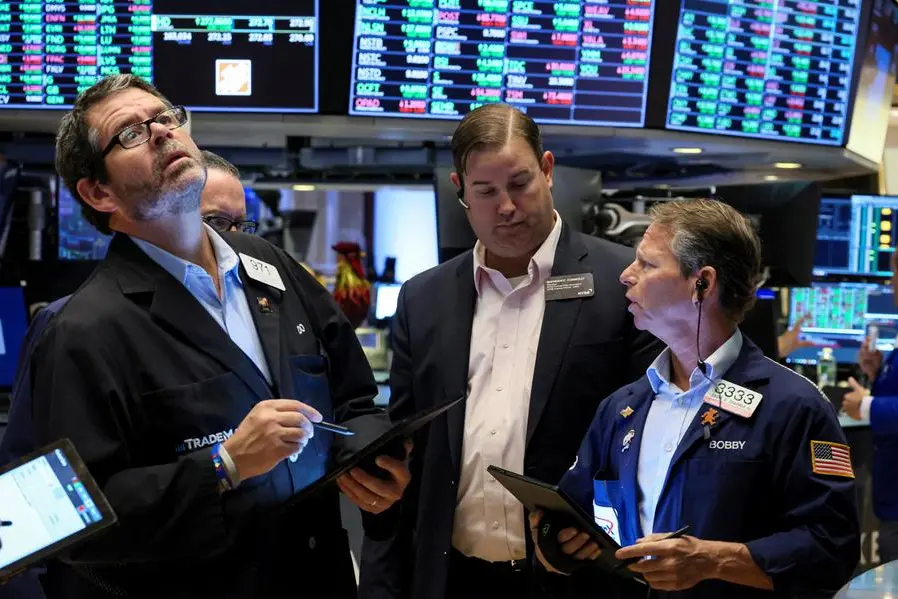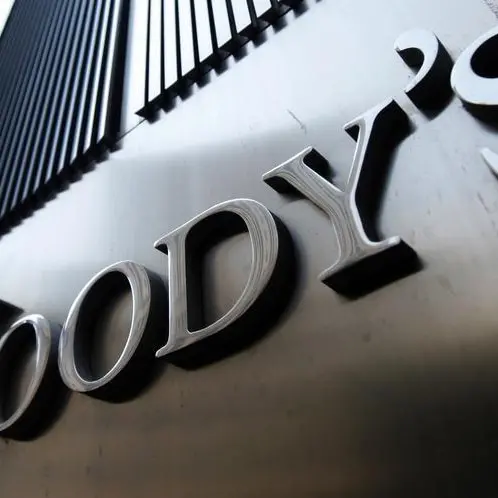PHOTO
(The opinions expressed here are those of the author, a columnist for Reuters.)
ORLANDO, Fla. - In the worst year for U.S. Treasuries ever, it is the ultra-long end that investors should be most worried about.
Yields across the curve are at multi-year peaks as the Federal Reserve has yanked up interest rates to battle 40-year high inflation, while duration risk - a bond's increased sensitivity to price changes over longer time frames - is also weighing heavily on the long end.
Crucially though, 'term premium' is back. This is the compensation investors demand for taking on interest rate risk over a bond's lifetime, or put another way, for buying a longer-dated bond rather than rolling over shorter-term debt.
After decades of decline, even into negative territory, term premium is rising again. A secular shift may be underway.
There's no fixed formula for calculating it, so estimates can vary significantly. But three different Fed models all tell the same story: whether it's due to fears over inflation, liquidity, or supply and demand risks, investors want to be paid a higher rate of interest for lending to Uncle Sam long term.
"We are in a tectonic phase of monetary policy and you are getting asset dislocations across the board, including long bonds," said Solomon Tadesse, head of North American Quant Strategies at Societe Generale.
Dysfunction at the long end can quickly spread to the rest of the bond complex and financial markets more broadly - witness the blow up in 30-year gilts a few weeks ago that froze the UK mortgage market, forced the Bank of England to intervene, and slammed sterling to a record low against the dollar.
Thirty-year Treasuries last week snapped a long downturn. But against a backdrop of high uncertainty and volatility, it is this illiquid and price-sensitive part of the curve where the canary in the Treasury market coal mine will be seen.
"The concern is, if this elevated uncertainty persists, it could potentially trigger forced sellers, whose impact on the market could be quite pronounced. Things could snowball from there," said Mark Cabana, head of U.S. rates strategy at Bank of America.
"The market is fragile, and by definition, when things are fragile, they can break easily."
'MAKES NO SENSE'
For most of the last 50 years the term premium has been positive, and since the early 1980s it has fallen, following the general downward path of interest rates. The trillions of dollars worth of bonds purchased by the Fed in response to the 2007-2009 financial crisis then pushed the term premium into negative territory.
But the Fed is now raising rates aggressively and has begun trimming its asset holdings. There is concern about where the marginal demand for long bonds will come from - many foreign central banks are selling Treasuries for currency market intervention purposes, and the U.S. central bank is stepping back too.
Treasury Secretary Janet Yellen last week insisted that the bond market is functioning smoothly, but said steps are being taken to improve its resilience in an environment of declining liquidity and rising global volatility.
Yellen didn't mention any particular part of the curve but the long end is most vulnerable, partly because of low liquidity in 'off-the-run' bonds compared with 'on-the-run' paper.
On-the-run Treasuries are the newest issue of a particular maturity and are more heavily traded. A 30-year bond bought and held to maturity by a pension fund, for example, quickly becomes 'off the run,' so liquidity risk ends up lifting the term premium.
Andrew Brenner, head of international fixed income at NatAlliance Securities, reckons liquidity in off-the-run Treasuries may be around 30% lighter than on-the-run bonds.
In the week through Oct. 21 the 30-year bond's price fell for an eighth straight week, the longest selling streak since 2004.
In yield terms, the 33-basis-point rise in that week was the biggest since March 2020 and the fourth-largest since the Great Financial Crisis. Like other parts of the curve, the 30-year yield is at its highest in more than a decade.
If the Fed is successful in driving down inflation or the economy goes into recession, more investors will flock to 30-year bonds. But right now they are aren't getting paid enough to lock into long-dated bonds, especially the 30-year space.
"I wouldn't go beyond three years. You get 4.10% for five years. Maybe. Or 4.10% for 30 years? It makes no sense," Brenner at NatAlliance Securities said.
(The opinions expressed here are those of the author, a columnist for Reuters.)
(By Jamie McGeever; Editing by Paul Simao)





















